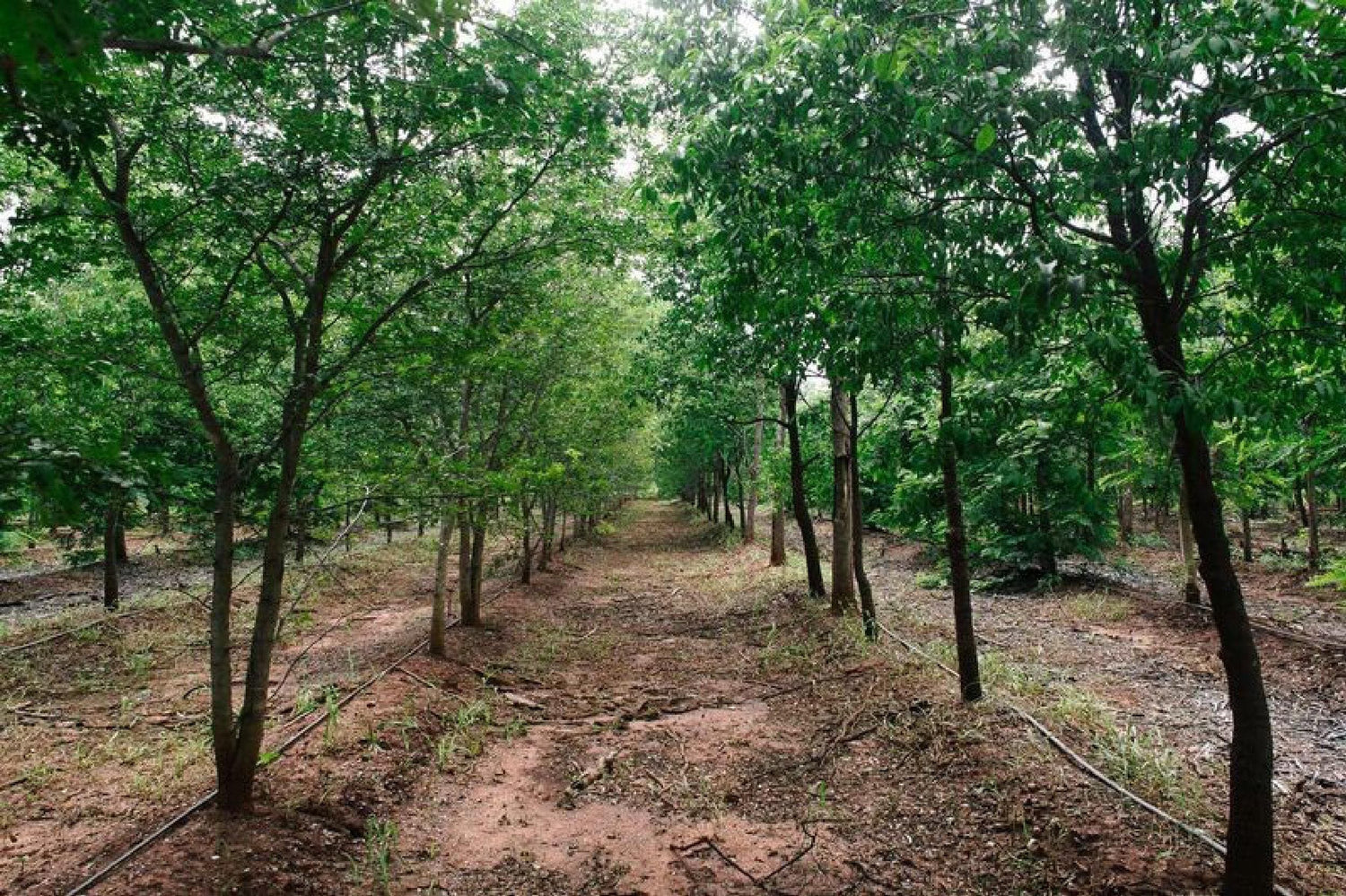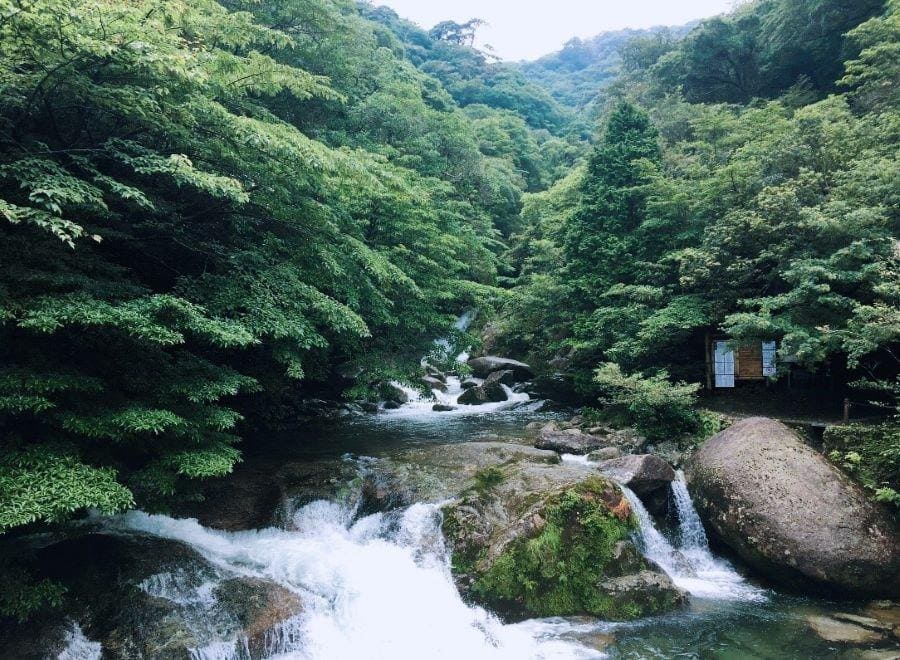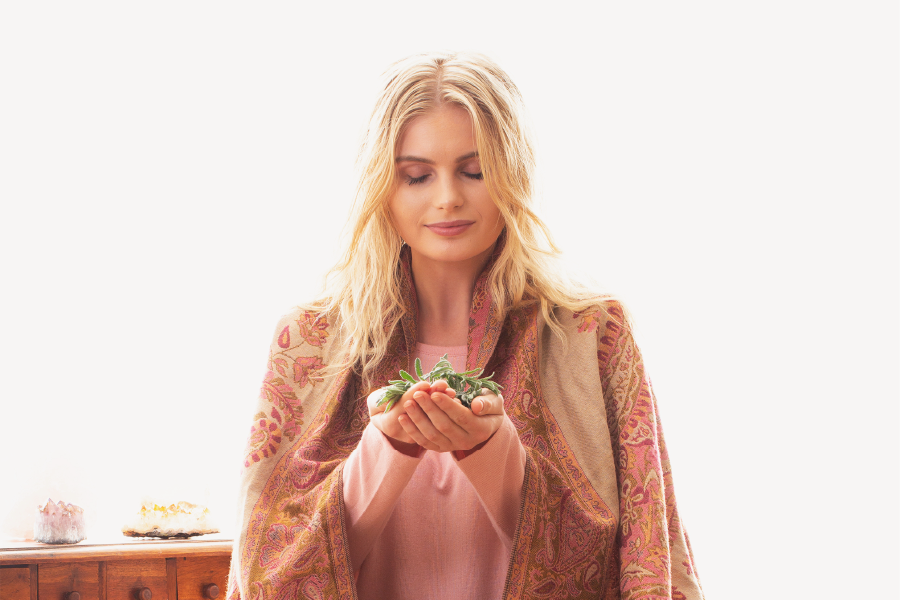I am concerned some of the aromatic plants that are highly sought after have been traditionally wild harvested, and this has placed significant stress on their availability. Many aromatic plants have now been listed as threatened and endangered.
Many of us may prefer essential oils from wild harvested plants. However, it is imperative the harvesting of wild plants for commercial purposes is regulated to ensure long-term sustainability – to prevent overharvesting or loss of habitat. International organisations such as IUCN (International Union for Conservation of Nature), WWF/ TRAFFIC and World Health Organisation (WHO) have launched together the convention on biological diversity, the global strategy for plant conservation and the guidelines for sustainable use of biodiversity. These guidelines provide the herbal and essential oil industry with specific guidelines to ensure sustainable sourcing practices.1
Unfortunately, the essential oil industry does not have a good track record in sustainably managing those plants that are wild harvested. Plants such as agarwood, Atlas cedarwood, rosewood, sandalwood or jatamansi are now on the threatened or vulnerable species list.
- Indian sandalwood (Santalum album) – India
- Atlas cedarwood (Cedrus atlantica) – Morocco
- Agarwood (Aquilaria) – Malaysia, Vietnam
- Guaiacum officinale (Lignum vitae) – Venezuela, Brazil
- Jatamansi (Nardostachys jatamansi) – Himalayas
- Rosewood (Aniba rosaeodora) – Brazil
Phillips, author of a very thought-provoking article in Perfumer & Flavorist Journal, entitled The Future of Natural in the Fragrance Industry, asks if rare and endangered aromatic plants can be saved from extinction. He is concerned at the number of endangered plants.1
It is interesting to know most Australian native species at one stage were wild harvested, however, most are now plantation grown. It is interesting less than two decades ago most oregano oils were produced from wild harvesting.2
I am very excited Australia is leading the way in ensuring the sustainability of essential oils such as sandalwood and agarwood. We are now sustainably producing from plantation trees some of the most world’s most precious essential oils that have always been used for their sacred scents from cultivated trees.
To ensure the long-term future of these precious and rare plants, we need to begin supporting farmers and agro-foresty investments to ensure the long-term sustainability of some of these precious threatened species.
As I was writing The Spiritual Dimension of Scent, one of the chapters in my book The Complete Guide to Aromatherapy Volume III – Psyche and Subtle, I came to understand how scent has long played an important role in the creation of myths and scent is used rituals. It is no wonder we are often in awe of the effects scent can have on our psyche and how scent is used to create a sacred space. It was also so exciting to see so much research examining the physiological and psychological effects of rituals, awe and the role of scared spaces.
I have developed a holistic model to understand the mechanisms by which essential oils work at a spiritual level.
Why is it those essential oils that are used in spiritual practices around the world such as sandalwood, agarwood, myrrh, frankincense and palo santo, are rich in sesquiterpenes? It is very interesting that many of the plants on the endangered or threatened species list are rich in sesquiterpene compounds.
An article in the Perfumer & Flavorist Journal referred to sesquiterpene as the ‘Holy Fragrance’ ingredients. Unfortunately, the author of the article was not able to provide us with any explanation.3
I believe the latest research into neurobiology and neurotheology will provide us with some answers to help us understand the role of sesquiterpenoid compounds and their link to ritual, transcendence and spirituality. Much of this research is discussed in The Complete Guide to Aromatherapy Volume III – Psyche and Subtle alongside many other fascinating discussions.

Salvatore Battaglia
Aromatherapist & Founder of Perfect Potion



